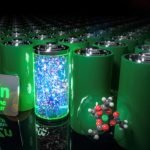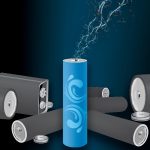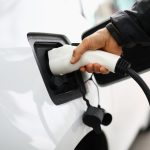Scientists closer to high-performance, aqueous zinc-ion batteries
Scientists at the University of Science and Technology of China (USTC) have developed a new cathode material for aqueous zinc-ion batteries (ZIBs), which are...
Cost to plug and abandon US Gulf of Mexico wells estimated at $30 billion
The United States has thousands of unplugged oil and gas wells, both onshore and offshore, that present potential environmental and financial risks to the...
Scientists create battery prototype with fiber-shaped cathode
In a new study, North Carolina State University researchers made a cathode in the shape of a thread-like fiber.
The researchers were then able to...
Scientists develop safer zinc batteries as alternative to lithium-ion batteries
Scientists are now developing an alternative type of battery called a zinc battery.
MIT researchers creates tiny device to save battery life of mini sensors
Scientists create a tiny wake-up receiver for Internet of Things (IoT) devices that could make nearly any object trackable.
EPA looks to accelerate the EV transition, but California sets the pace
The Biden administration is getting tough on carbon by steering the nation’s automakers to build more electric vehicles, but USC experts predict the road...
Scientists develop new way to measure perovskite defects
Solar energy is becoming increasingly popular as a source of renewable energy, and researchers are working on ways to improve the efficiency of solar...
Scientists discover significant storage capacity in water-based batteries
Researchers at Texas A&M University have discovered a 1,000% difference in the storage capacity of metal-free, water-based battery electrodes.
These batteries are different from lithium-ion...
Replacing gas heater with electric split system could save $400 a year easily
Earlier this month, regulators flagged power price rises in Queensland, New South Wales, Victoria and South Australia.
Like many people, you're probably wondering how you...
Seven things you need to know about lithium-ion battery safety
Lithium-ion batteries are the most widespread portable energy storage solution – but there are growing concerns regarding their safety.
Data collated from state fire departments...










